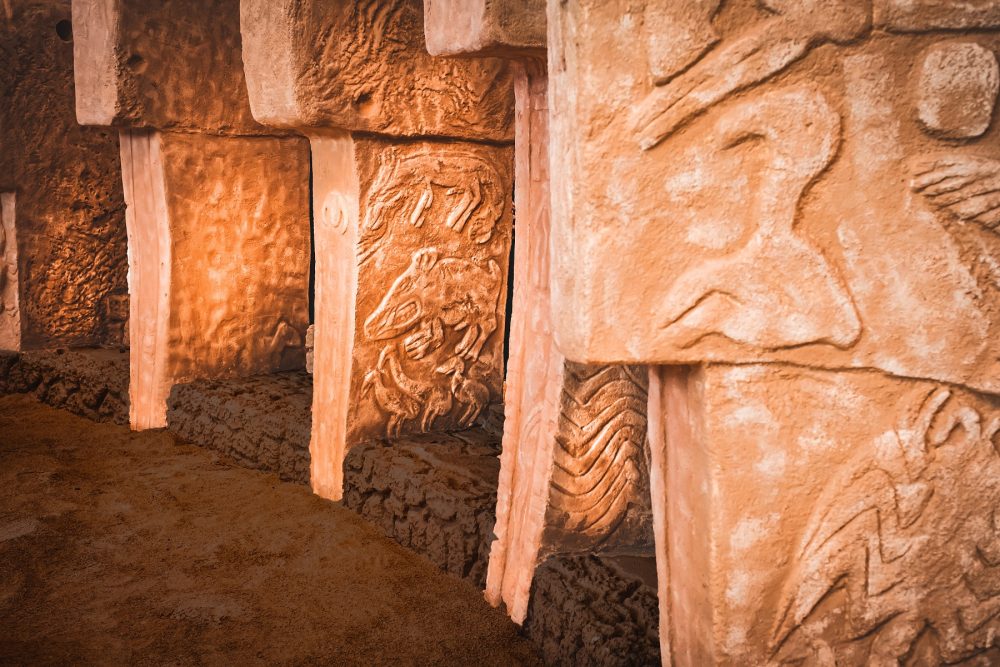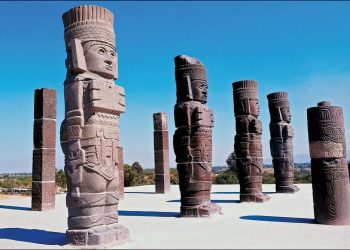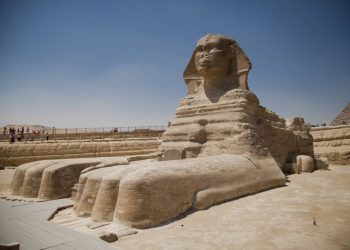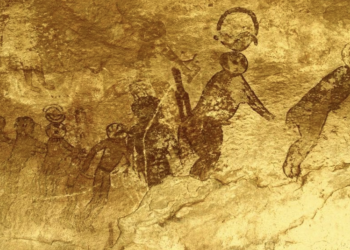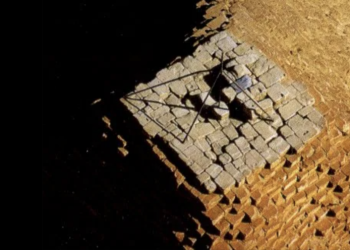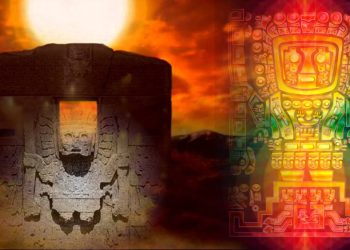High on a windswept hill in southeastern Turkey, archaeologists unearthed something that could change how we understand the origins of civilization. Known as Göbekli Tepe, this site challenges everything we thought we knew about the early steps humans took toward organized society.
First discovered in the 1990s, Göbekli Tepe predates writing, cities, and even agriculture. It was built more than 11,000 years ago by people who still hunted wild animals and foraged for food. Until its discovery, most scholars believed the origins of civilization began only after humans settled down and started farming. Göbekli Tepe turns that idea upside down.
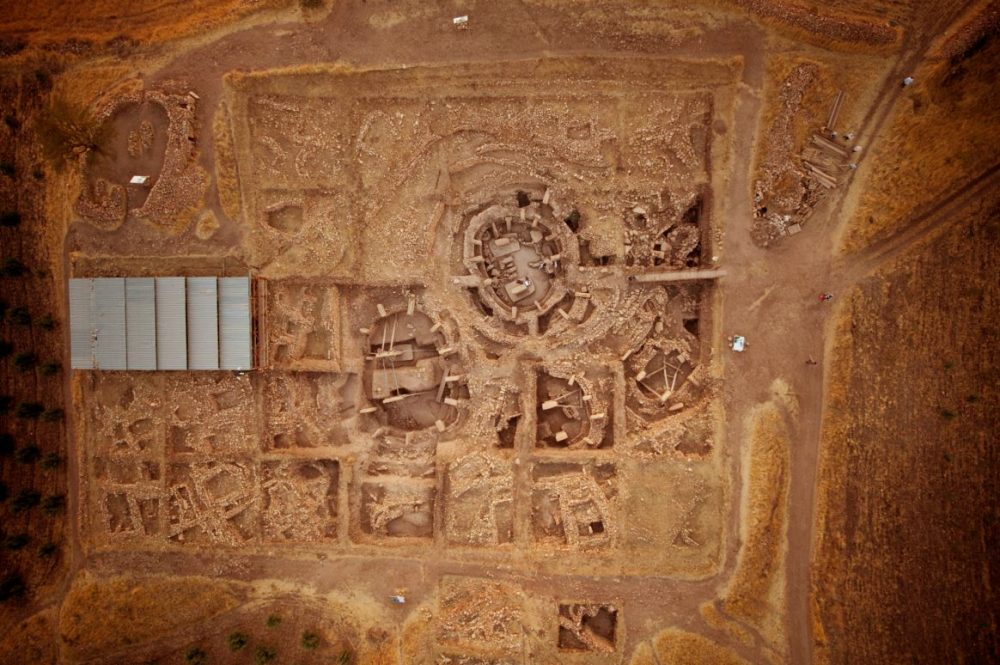
A monument built by nomads?
The site features massive stone pillars arranged in large circular structures. Some of the stones weigh over 20 tons and are decorated with carvings of animals, abstract symbols, and humanoid figures. What’s remarkable is that experts belive that people with no permanent homes or domesticated crops created these structures. I beg to differ and believe that history as we know it is incomplete, and that the site was in fact built by a highly organized, and structured civilization.
Expertsw disagree. No signs of regular settlement—like houses, cooking pits, or trash heaps—have been found at Göbekli Tepe. This, according to them, suggests that it wasn’t a place where people lived, but rather a site they traveled to. Its purpose remains uncertain, but many believe it played a spiritual or ceremonial role. I think there sis more to the site than just a random ceremonial center, or that it was built by nomads. I think that we are looking at the very remnants of a civilization that existed over 12,000 years ago in the region. If that’s true, it means the origins of civilization may need to be rewritten.
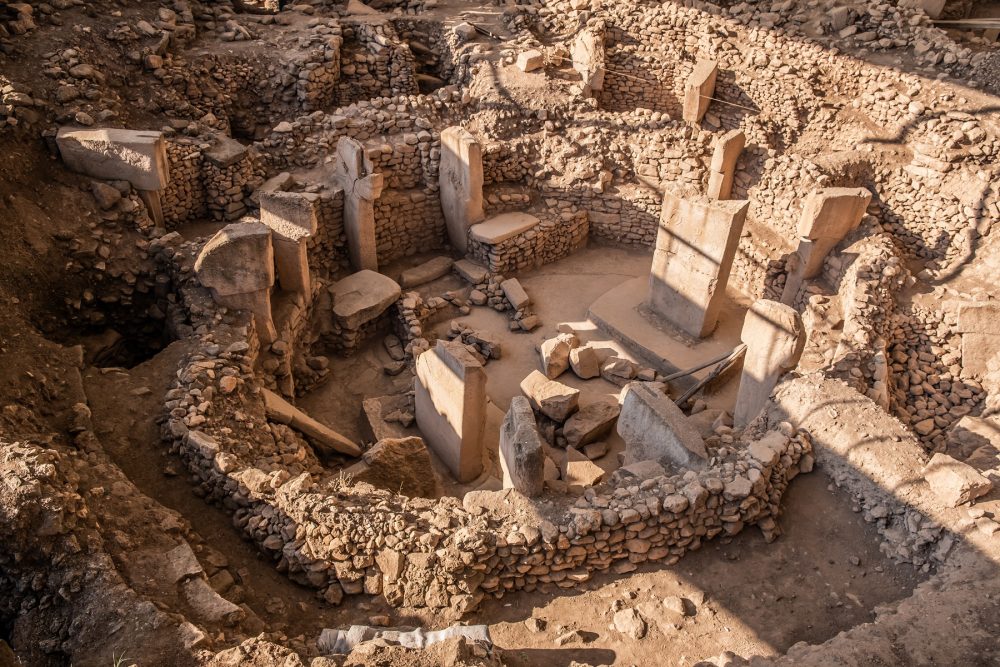
Why would anyone bury it?
Even more mysterious is the fact that Göbekli Tepe was carefully buried by the same people who built it. They filled the enclosures with dirt and debris in a deliberate act, possibly to mark the end of a cycle or to prepare for new construction phases. This unusual behavior preserved the site and its artwork for thousands of years.
Its preservation allows us to glimpse not only the creativity of its builders but also their shared values and beliefs. These early humans may have gathered seasonally to participate in rituals, reinforcing community bonds. That social unity could have laid the groundwork for the origins of civilization.
A growing puzzle beneath the soil
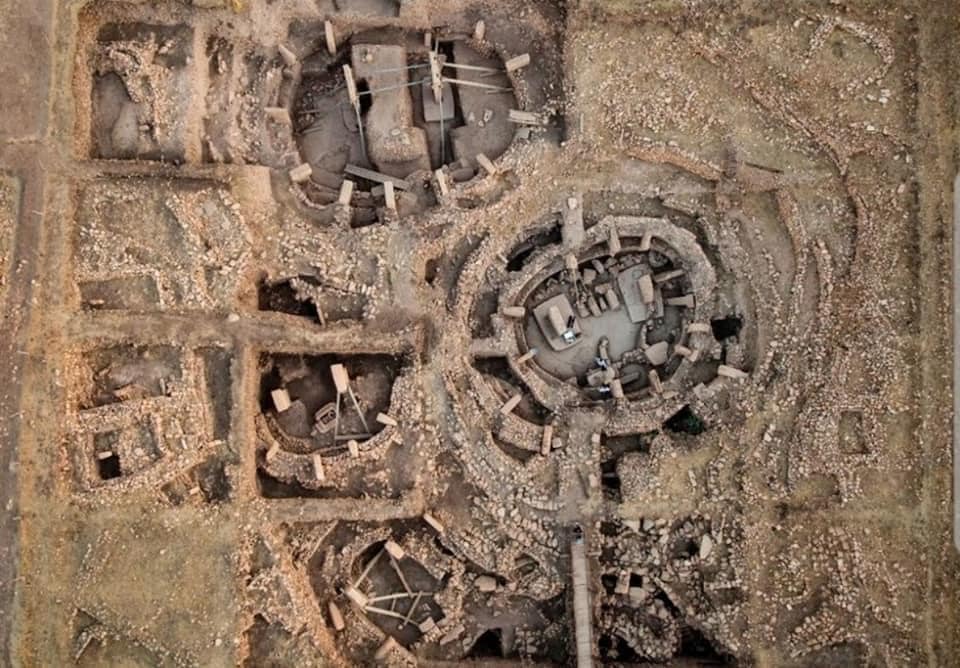
Only a fraction of the site has been excavated. Ground-penetrating radar reveals many more structures beneath the surface. New discoveries nearby—such as Karahan Tepe—suggest this region may have hosted a network of early ceremonial centers, all connected to the same mysterious tradition.
As more findings come to light, the story grows more complex. Could the origins of civilization involve spiritual gatherings rather than just farming villages? Could belief systems have shaped social order before tools and trade?
Rethinking everything we thought we knew
The origins of civilization are usually traced to Mesopotamia, with its early cities and irrigation systems. But Göbekli Tepe predates all that. It suggests that people were organizing, building, and creating meaning in their lives long before traditional signs of civilization appeared.
This forces a major shift in how we define progress. It also opens the door to the idea that religion, storytelling, and art may have been just as important in shaping our world as the invention of the plow.
If we truly want to understand the origins of civilization, we may need to stop looking at the first cities and start looking at the first shared beliefs.



